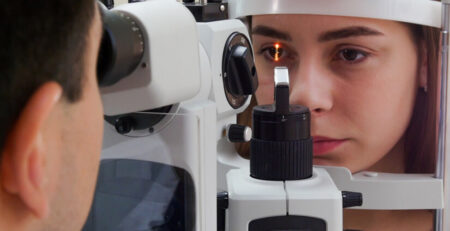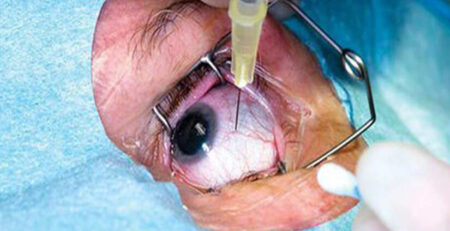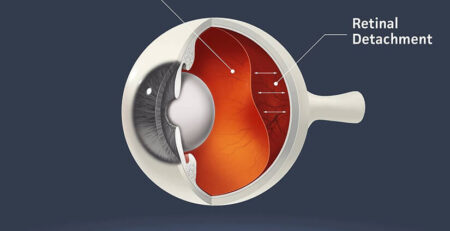Retinal Detachment Surgery Success Rate
The retina, the light-sensitive lining at the back of your eye, plays a crucial role in vision. However, sometimes, due to underlying causes or environmental factors, this delicate layer detaches from its normal position. This retinal detachment can lead to severe vision loss if left untreated.
Thankfully, retinal detachment surgery offers a beacon of hope. This safe and effective procedure provides a lifeline to restore sight. However, the success rate of the surgery varies from patient to patient depending on several factors, such as the duration of the detachment, the type of detachment, the number and size of tears, and the overall health of the eye.
Let’s explore these factors in detail.
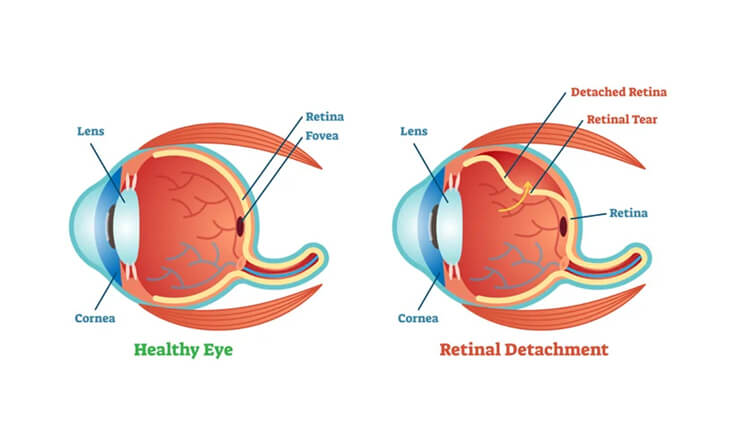
Duration of Retinal Detachment
The duration of the separation is a major factor in determining the success of retinal detachment surgery. In general, fresher cases of retinal detachment have a higher success rate than older cases. Once the retina is attached to its normal position, it remains attached for a longer time.
If the detachment persists for a long time, it will increase the chances of complications such as fibrosis changes, which can reduce the chances of successful reattachment.
This is especially true for rhegmatogenous retinal detachment, a type characterized by a hole or tear in the retina. Here, if the detachment is relatively fresh, the response to surgery is better. The success rate can reach an impressive 90 to 95 percent for new cases with small breaks in the retina. However, the success rate of retinal detachment surgery diminishes significantly as the detachment becomes older, with associated fibrotic changes. Old cases may see success rates dropping to as low as 60 percent.
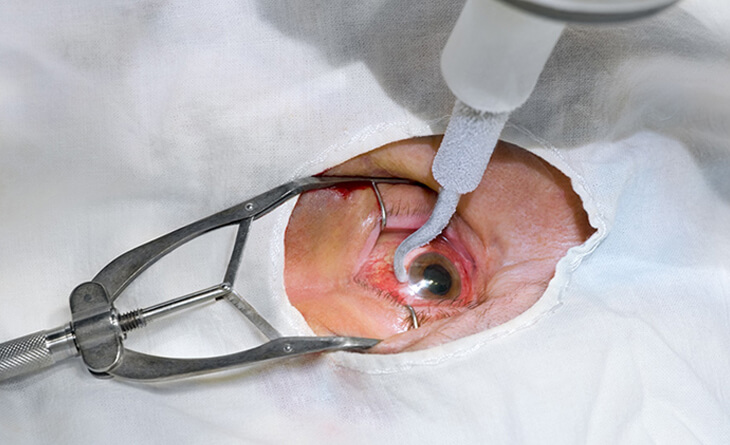
Number and Size of Tears
The severity of the detachment, as determined by the number and size of tears in the retina, also plays a crucial role in the success of surgery. Small, single tears are easier to repair compared to multiple large tears. Extensive tears disrupt the retina’s delicate structure, making reattachment technically challenging and increasing the risk of complications. In such cases, multiple surgeries or additional procedures might be required, lowering the overall success rate. So, visit the best eye hospital in Delhi to enhance the success rate of retinal detachment surgery.
Severity of the Condition
The severity of retinal detachment can also affect the success rate of retinal detachment surgery. Traction retinal detachment is another type of detachment that occurs due to fibrous tissue pulling on the retina. The success of surgery for traction detachment is dependent on the severity of the condition. If there is extensive traction and significant fibrosis, the response to surgery may be compromised. The extent to which the retina is compromised by fibrosis influences the success of reattachment. Cases with severe disease and substantial pre-existing damage may have lower success rates.
Conclusion!
Retinal detachment surgery is a delicate procedure that demands careful consideration of various factors influencing its success. From the age of the detachment to the type and severity of the condition, each aspect plays a vital role in determining the outcomes of the surgery.
Understanding these factors enables patients and eye doctors to make educated decisions regarding the timing and approach of retinal detachment surgery, thereby enhancing overall success rates and conserving valuable eyesight.


